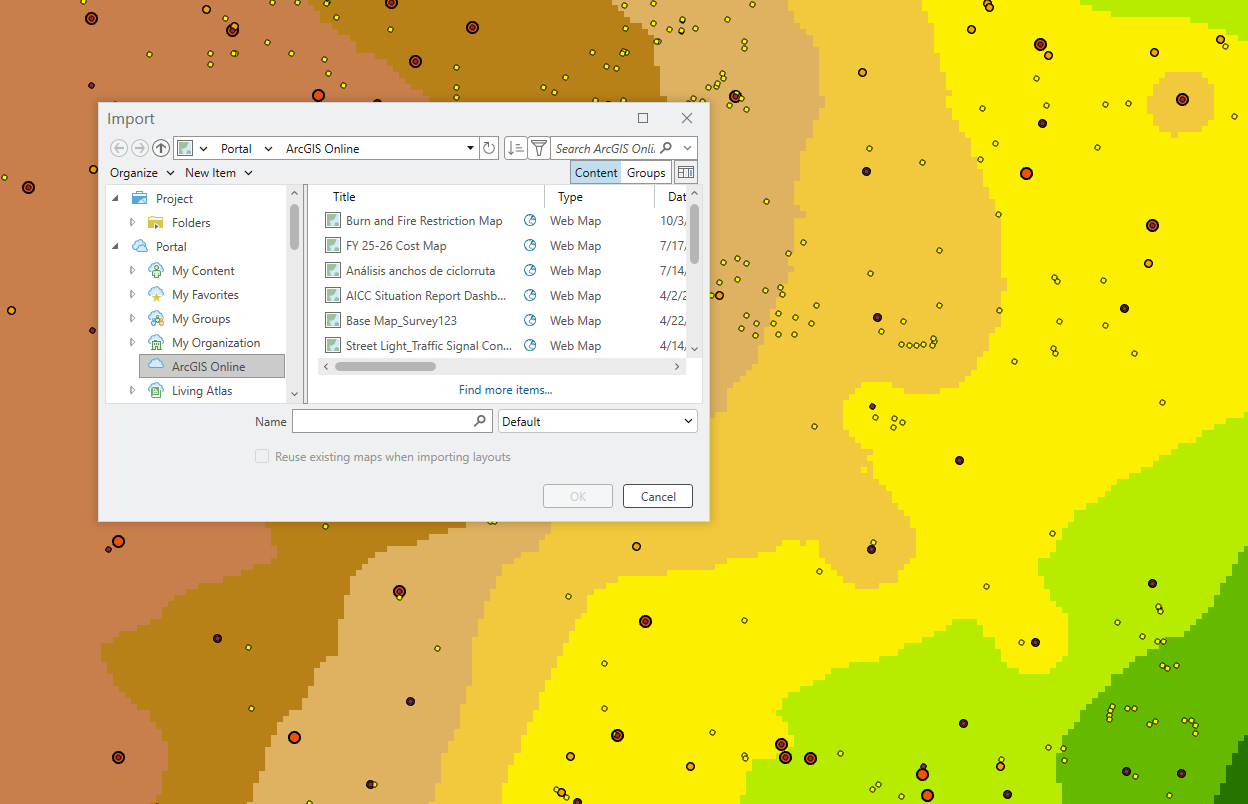We use cookies to make your experience better. To comply with the new e-Privacy directive, we need to ask for your consent to set the cookies. Learn more.
How to Convert AHGW Files from ArcGIS Desktop to ArcGIS Pro
As ESRI continues to move away from supporting ArcGIS Desktop applications (ArcMap, ArcCatalog, ArcGlobe, and ArcScene), understanding how to convert Arc Hydro Groundwater (AHGW) data and projects from ArcGIS Desktop to ArcGIS Pro becomes increasingly important. AHGW offers robust tools for groundwater modeling and data management, but transitioning between versions of ArcGIS requires careful handling of data, toolsets, and geodatabases.
This blog post outlines the essential steps for converting AHGW files for use in ArcGIS Pro and highlights common issues to avoid during the process.
Step 1: Prepare Your ArcGIS Desktop Project
Before beginning the conversion, ensure your MXD and geodatabase files are clean and compatible:
-
Remove unused layers and fix broken data sources in your MXD file
-
Confirm that all feature classes use consistent coordinate systems
-
Ensure all AHGW feature classes and related data are stored in a file geodatabase (*.gdb), not a personal geodatabase (*.mdb), which ArcGIS Pro does not support
Step 2: Convert the Geodatabase
ArcGIS Pro works best with a current file geodatabase. If you’re using an older version of ArcCatalog, right-click the geodatabase and select Upgrade Geodatabase (if available). This ensures schema compatibility with AHGW Pro tools.
Step 3: Import the MXD File Into ArcGIS Pro
ArcGIS Pro uses project files instead of *.mxd files:
-
Click Insert | Import Map
-
Select your ArcGIS Desktop project
-
ArcGIS Pro will create a new APRX project file
While most symbology and layer properties will transfer, some display settings or layer definitions may require manual adjustment. Keep in mind this import is a one-way conversion—edits in Pro won’t sync back to the original MXD.

Step 4: Install the AHGW Add-In for ArcGIS Pro
The AHGW tools for Pro are distributed separately from Desktop:
-
Make certain you have installed and registered ArcGIS Pro
-
Install and register AHGW Pro for ArcGIS Pro
-
After installation, restart ArcGIS Pro and check for the “Groundwater Tools” tab to confirm the add-in loaded successfully
Some tool names or locations may have changed, so check our AHGW documentation page for updated information.
Step 5: Validate the Data Schema
ArcGIS Pro and the AHGW Pro Add-In expect specific schema structures:
-
Use the “Validate Groundwater Dataset” tool in Pro to confirm all required fields, domains, and relationships are present
-
This tool repairs missing or outdated schema elements and migrates time series data into the Pro format
-
Running validation helps prevent tool errors and ensures your dataset functions correctly in Pro
Step 6: If Needed, Rebuild Grids or Models
Some model components, such as MODFLOW grids or raster datasets, may not import cleanly. Use AHGW tools in ArcGIS Pro to:
-
Recreate model grids
-
Reconnect borehole logs or raster data to your features
Always back up your original data before rebuilding or relinking models to avoid data loss.
Common Pitfalls and Fixes
|
Issue |
Cause |
Solution |
|
Tool error in Pro |
Outdated schema |
Run “Validate Groundwater Dataset” |
|
Missing layers |
Unsupported geodatabase formats |
Convert to file geodatabase |
|
Borehole logs not visible |
Broken joins or symbology mismatch |
Rebuild joins, apply templates |
|
Tool failures due to missing Python packages |
Pro environment differences |
Verify Python environment and dependencies |
Migrating AHGW files from ArcGIS Desktop to ArcGIS Pro is essential for future-proofing your groundwater workflows. By preparing your data carefully, upgrading your geodatabase, and installing the latest AHGW tools, you ensure a smoother transition and better performance in the evolving ArcGIS Pro environment. Make use of the new features of AHGW Pro by migrating your projects today!


